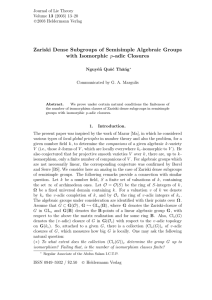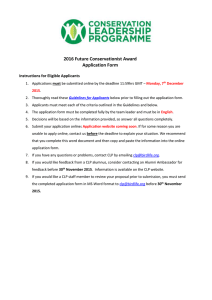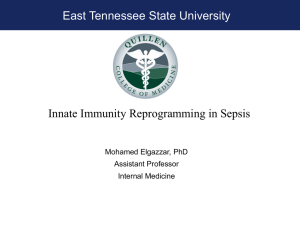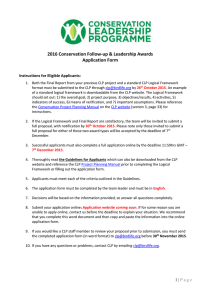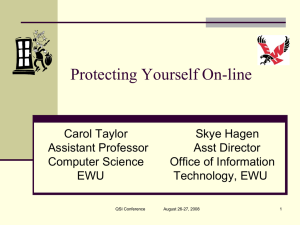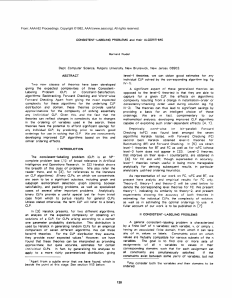AP WORLD HISTORY ESSENTIAL UNIT 2 (E02)
advertisement
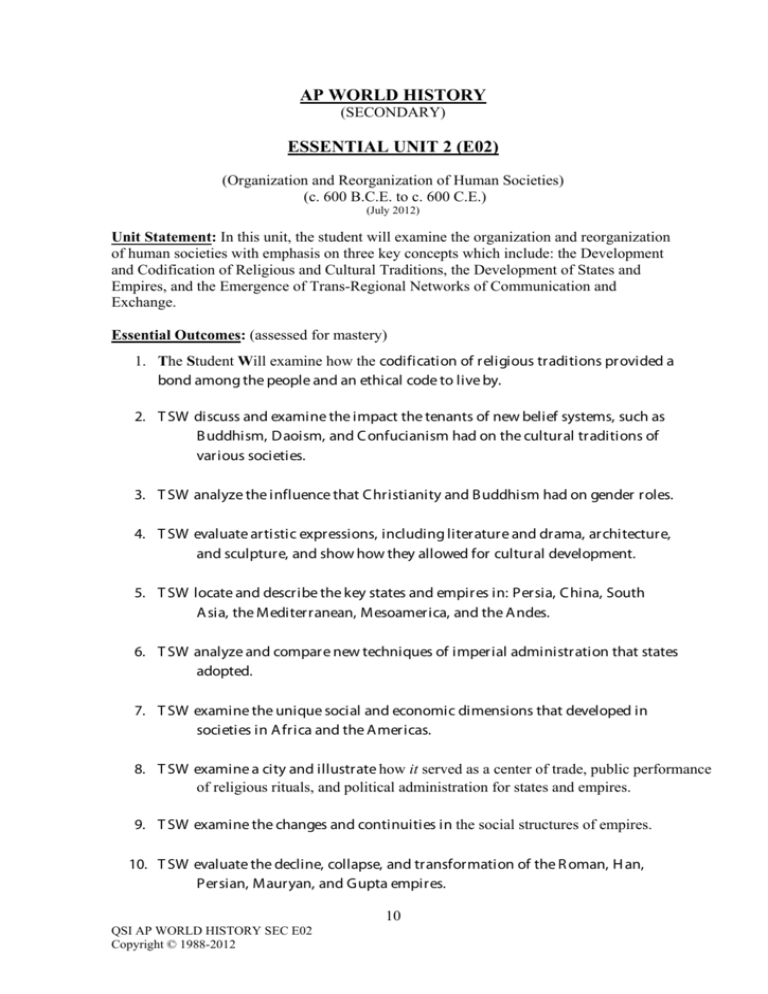
AP WORLD HISTORY (SECONDARY) ESSENTIAL UNIT 2 (E02) (Organization and Reorganization of Human Societies) (c. 600 B.C.E. to c. 600 C.E.) (July 2012) Unit Statement: In this unit, the student will examine the organization and reorganization of human societies with emphasis on three key concepts which include: the Development and Codification of Religious and Cultural Traditions, the Development of States and Empires, and the Emergence of Trans-Regional Networks of Communication and Exchange. Essential Outcomes: (assessed for mastery) 1. The Student Will examine how the codification of religious traditions provided a bond among the people and an ethical code to live by. 2. T SW discuss and examine the impact the tenants of new belief systems, such as Buddhism, Daoism, and Confucianism had on the cultural traditions of various societies. 3. T SW analyze the influence that Christianity and Buddhism had on gender roles. 4. T SW evaluate artistic expressions, including literature and drama, architecture, and sculpture, and show how they allowed for cultural development. 5. T SW locate and describe the key states and empires in: Persia, China, South Asia, the Mediterranean, Mesoamerica, and the Andes. 6. T SW analyze and compare new techniques of imperial administration that states adopted. 7. T SW examine the unique social and economic dimensions that developed in societies in Africa and the Americas. 8. T SW examine a city and illustrate how it served as a center of trade, public performance of religious rituals, and political administration for states and empires. 9. T SW examine the changes and continuities in the social structures of empires. 10. T SW evaluate the decline, collapse, and transformation of the R oman, H an, Persian, Mauryan, and Gupta empires. 10 QSI AP WORLD HISTORY SEC E02 Copyright © 1988-2012 11. T SW locate and describe land and water routes that became the basis for transregional trade, communication, and exchange in the Eastern H emisphere. 12. T SW describe how new technologies facilitated long distance communication and exchange. 13. T SW examine the impact of the exchange of people, technology, religious and cultural beliefs, food crops, domesticated animals, and disease pathogens. Suggested Materials: Basic Resource: Traditions and Encounters Chapter 7-12 Additional Resource: Documents in World History The Human Record: Volume I Daoism: The Way That Is and Is Not Confucianism: The Moral Way of the Past Legalism: The Way of the State Thucydides: The History of the Peloponnesian War Socrates: Defense of Philosophy Art and Human Form: Three Hellenistic Works of Art The Pax Romana: Tacitus, Agricola, and Annals Asoka’s Rock and Pillar Edicts Huan Kuan: Discourses on Salt and Iron Ban Zhou: Lessons for Women The Laws of Manu The State and Economy in India: The Arthashastra The Opening of the Silk Road: Chinese and Roman Sources Other Sources: Books and periodicals, Princeton AP Review, AP Achiever McGraw Hill AP Exam Prep Guide Technology Links: http://highered.mcgraw-hill.com/sites/0072424354/student_view0/ http://worldhistoryforusall.sdsu.edu/dev/default.htm http://www.fordham.edu/HALSALL/ancient/asbook.html Mandatory Assessments: 1. Teacher generated multiple choice exams. The majority of the questions should require students to use higher order thinking skill of synthesis and evaluation that allows the student to combine knowledge and skills across the unit. The exam should be structured in a way that approximately 25% of the exam includes diagrams, graphs, and/or maps. Teachers may create their own questions or use questions from several published AP World History examination books. 2. Teacher generated or AP published free-response questions. Free response questions can be generated directly from the teacher, or they may use in11 QSI AP WORLD HISTORY SEC E02 Copyright © 1988-2012 text critical thinking questions or questions included in any AP World History examination book. However, the teacher would have to create a unique rubric for each of these generated questions. Also, free-response questions can be taken directly from AP Central site with pre-determined rubrics already created to use as an assessment tool. RUBRIC FOUND ON FOLLOWING PAGE……………………… AP WORLD HISTORY E02 Unit Rubric Name:_______________________________ ‘A’ Essential Criteria Multiple Choice Unit Exam (s) (% is only used to 90% or better ‘B’ ‘IP’ 80% - 89% help the student understand AP scoring) Free Response Question 8 or better Other Criteria 5-7 Study Guide Notes Homework The student must receive a 90% or better and a 8 or better on the multiple choice and free response respectively (essential criteria) as well as get at least 3 out of 5 A’s on the other criteria to receive an A for the unit. (% is only used to help the student understand AP scoring) The student must receive an 80% - 89% and a 5 - 7 on the multiple choice and free response respectively (essential criteria) as well as get all B’s on the other criteria to receive a B for the unit. (% is only used to help the student understand AP scoring) If the student receives any IP’s they must follow the criteria stated in the AP World History course outcome. 12 QSI AP WORLD HISTORY SEC E02 Copyright © 1988-2012
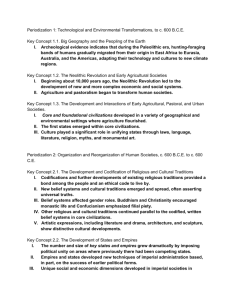
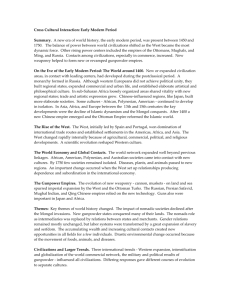
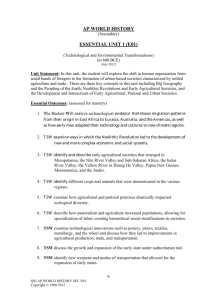
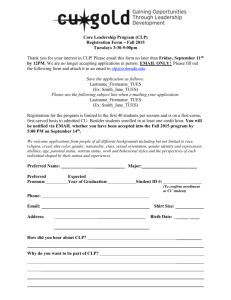
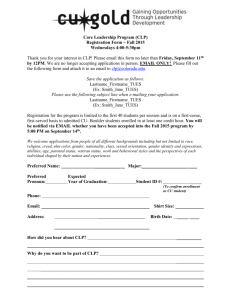
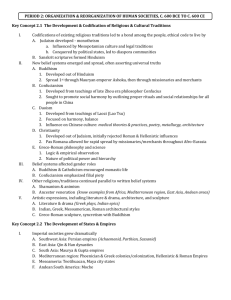

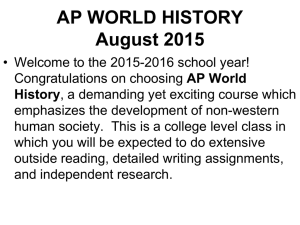
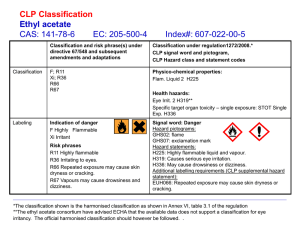
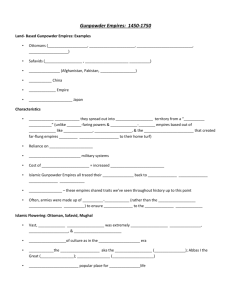
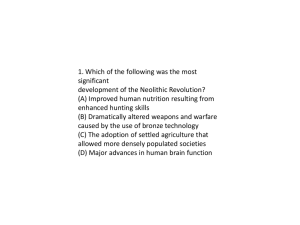
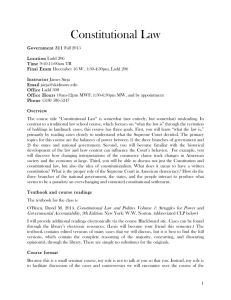
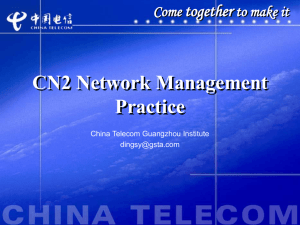
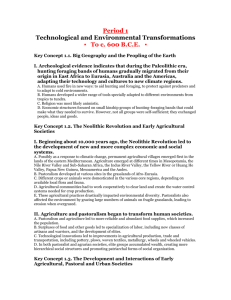
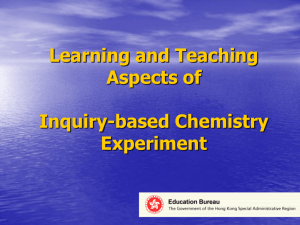
![Analysis of rapid C[sub n][sup 2] fluctuations observed Please share](http://s2.studylib.net/store/data/012141468_1-ecc6237644110d93e2acac7c517187f1-300x300.png)
